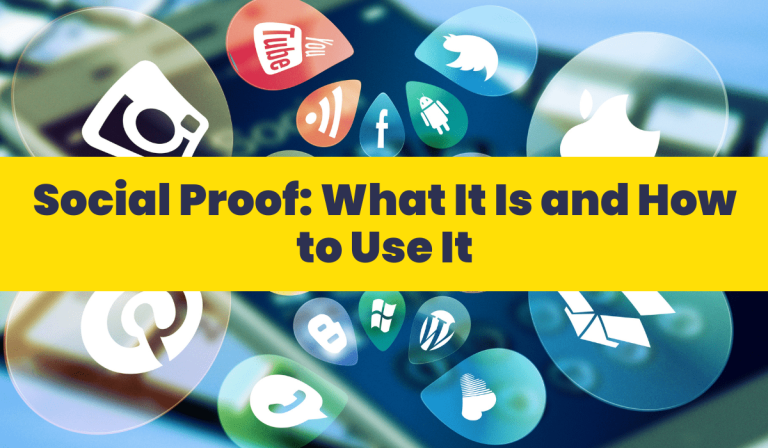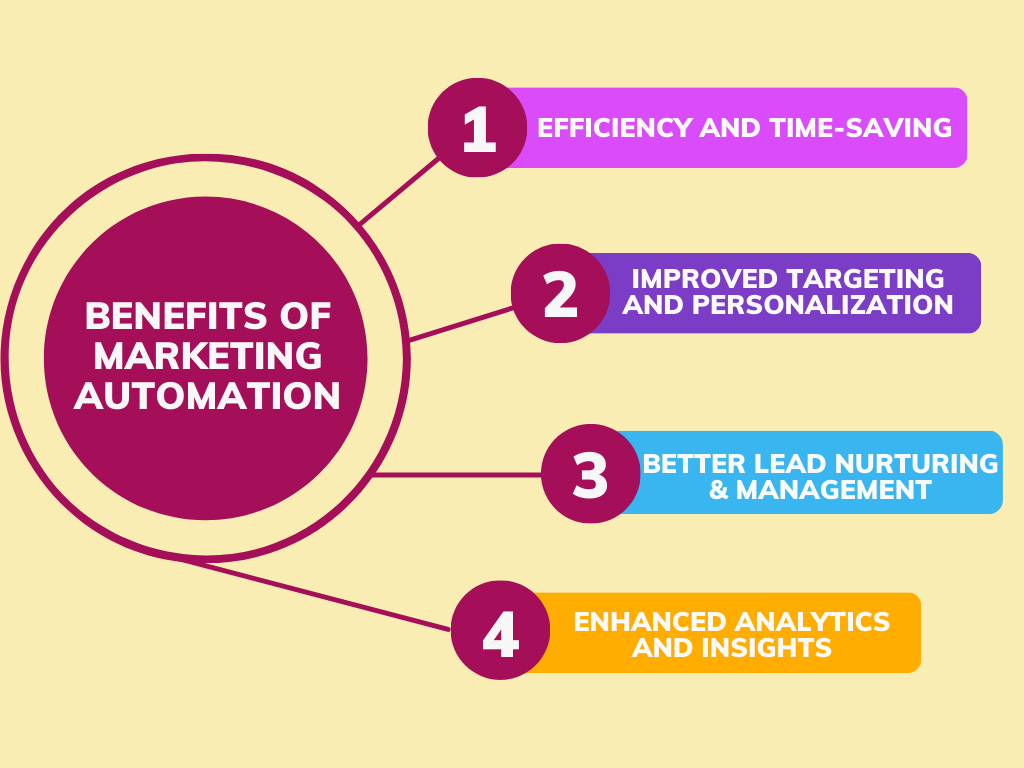The Art of Nurturing B2B Leads: A Comprehensive Guide!
In the realm of B2B sales, the journey from lead to customer is often more complex and extended compared to the B2C counterpart. Nurturing B2B leads requires a strategic and personalized approach that acknowledges the intricate nature of business relationships. In this comprehensive guide, we will delve into the art of nurturing B2B leads, exploring key strategies, best practices, and actionable insights to guide you through the process of converting leads into loyal clients.
1. Understanding the B2B Lead Nurturing Process
Before diving into strategies, it's essential to grasp the stages of the B2B lead nurturing process. From initial awareness to final decision-making, B2B leads traverse various stages that demand tailored engagement. These stages typically include the following:
a. Awareness: Leads become aware of their pain points or needs
b. Interest: Leads start exploring potential solutions
c. Consideration: Leads evaluate various solutions and providers
d. Intent: Leads express a clear intention to make a purchase
e. Decision: Leads finalize their choice of provider
2. Creating Buyer Personas for Personalization
One-size-fits-all approaches have little place in B2B lead nurturing. Crafting detailed buyer personas based on industry, role, pain points, and goals allows you to tailor your nurturing efforts to resonate with each lead's specific situation. Personalized content and messaging increase the likelihood of engagement and conversion.
3. Implementing Multi-channel Nurturing

B2B decision-makers are active on various platforms. Utilize a mix of channels such as email marketing, social media, webinars, and personalized outreach to engage leads where they are most comfortable. Consistency across channels ensures a cohesive brand experience.
4. Content Strategy for Lead Nurturing
Content serves as the cornerstone of lead nurturing. Develop a content strategy that delivers value at each stage of the buyer's journey. Educational blog posts, whitepapers, case studies, and video content can address pain points and offer solutions while positioning your brand as an industry authority.
5. Lead Scoring and Segmentation
Not all leads are equal. Implement lead scoring to prioritize leads based on their engagement level and readiness to convert. This allows your sales team to focus their efforts on the most promising leads. Additionally, segment leads based on their behaviors and interests to send targeted, relevant content.
6. Timely and Relevant Follow-ups
Timing is crucial in B2B lead nurturing. Automated follow-up sequences can help you stay top-of-mind with leads and provide timely information. Tailor your follow-ups based on lead interactions, such as opened emails or attended webinars, to ensure relevance.
7. Building Trust Through Thought Leadership

Establishing trust is paramount in B2B relationships. Position your brand as a thought leader by sharing insightful industry analyses, research, and expert opinions. Thought-provoking content not only fosters trust but also keeps leads engaged.
8. Towing a Caravan: Journeying with Home on Wheels
Towing a caravan is more than just hauling a load; it's embarking on a journey with your home on wheels. With each mile, you're carrying stories and memories, venturing into the unknown while carrying the comfort of familiarity. Maneuvering this tandem requires skill, patience, and a deep understanding of the road. As you navigate twists and turns, you're not only pulling weight but also crafting a unique travel experience. So, remember to enjoy the ride, relish the scenic stops, and appreciate the freedom that towing a caravan bestows—a journey where the destination is just as remarkable as the road.
9. Leveraging Marketing Automation
Marketing automation tools streamline lead nurturing efforts by automating repetitive tasks and workflows. From sending personalized emails to tracking lead interactions, automation allows your team to focus on high-value activities.
10. Open Banking: Redefining Financial Accessibility
Open Banking has revolutionized the financial landscape, breaking down barriers and fostering a new era of accessibility and innovation. By allowing third-party developers to create applications and services that leverage a customer's financial data from various institutions, Open Banking empowers individuals and businesses with greater control over their finances.
This transparency encourages competition, drives product innovation, and ultimately puts the power of financial choice back into the hands of those it matters most to. As we navigate this digital age, Open Banking stands as a testament to the potential of collaboration and data-sharing, paving the way for a more inclusive and dynamic financial ecosystem.
Conclusion
Nurturing B2B leads is both an art and a science. It requires a deep understanding of your target audience, a commitment to personalized engagement, and a strategic approach to content and communication. By implementing the strategies outlined in this comprehensive guide, you can build strong relationships with leads, guiding them from initial awareness to becoming loyal clients. Remember, successful lead nurturing is an ongoing process of building trust and delivering value at every touchpoint.









